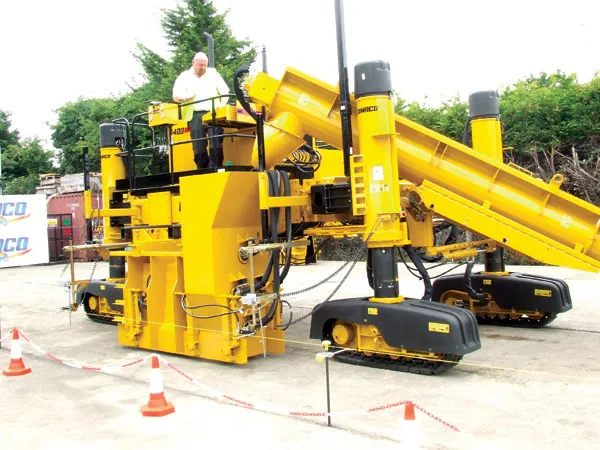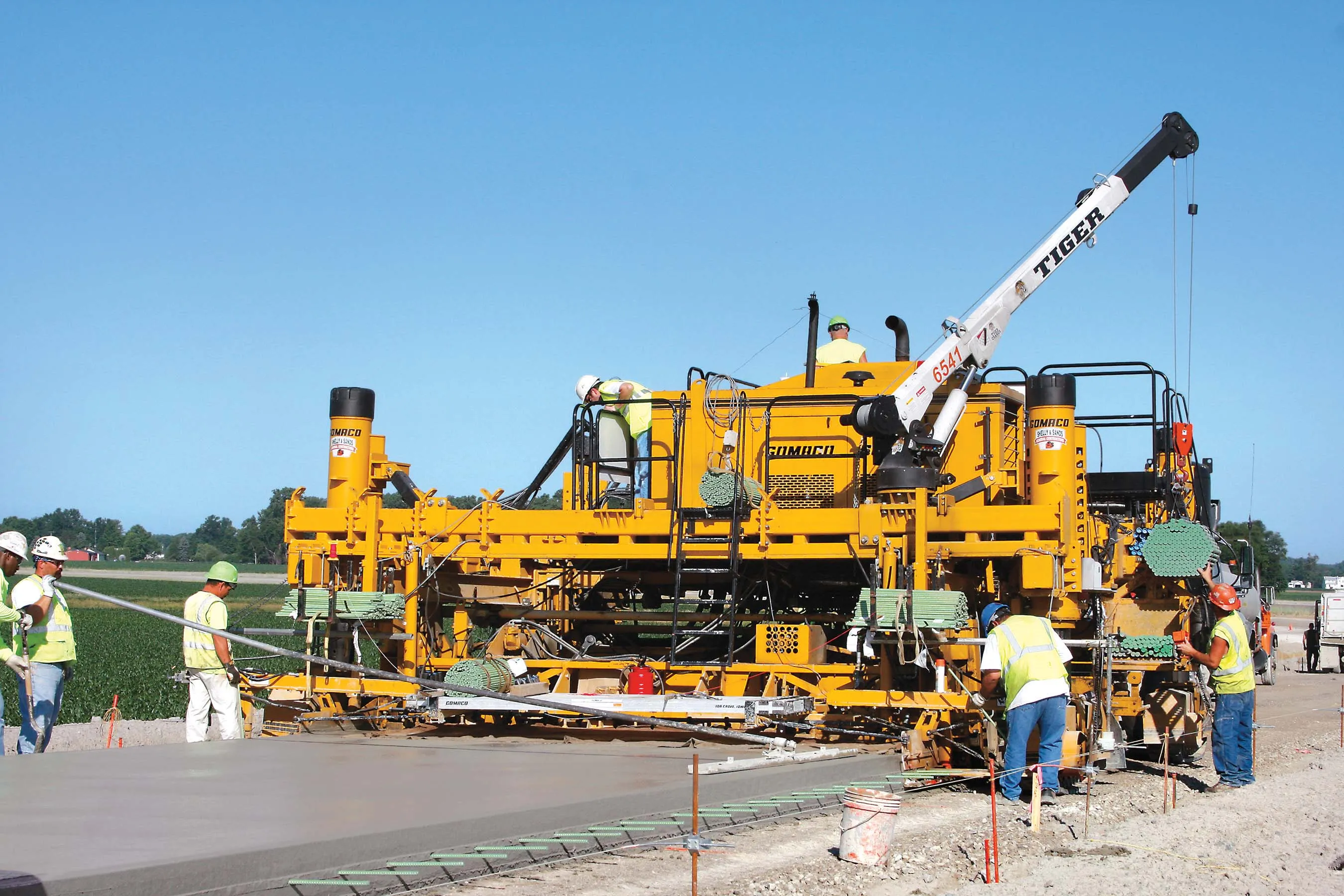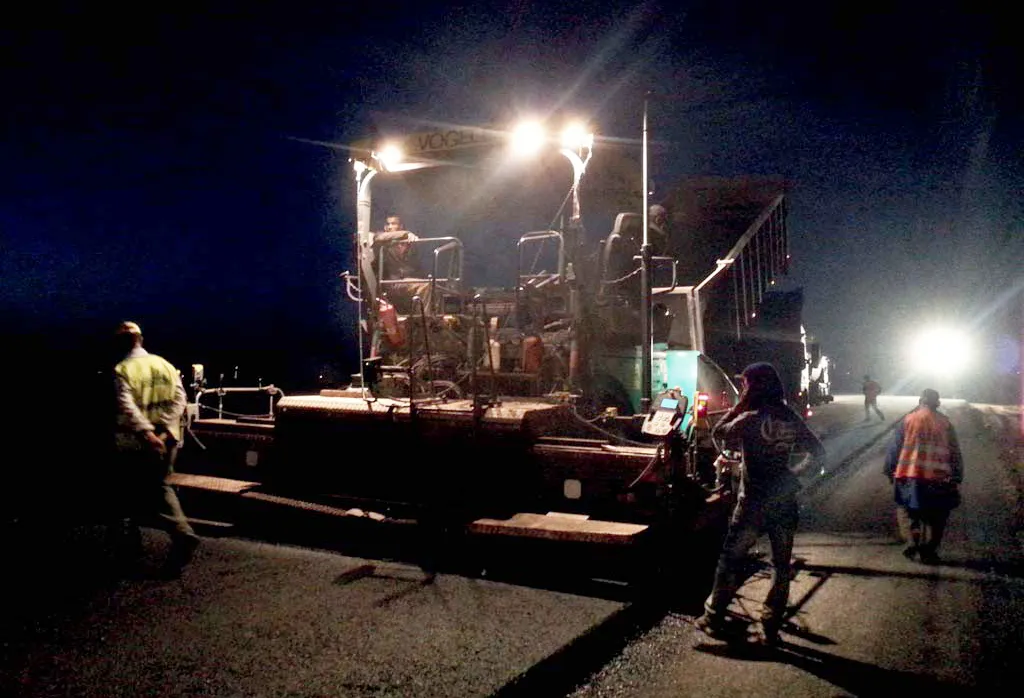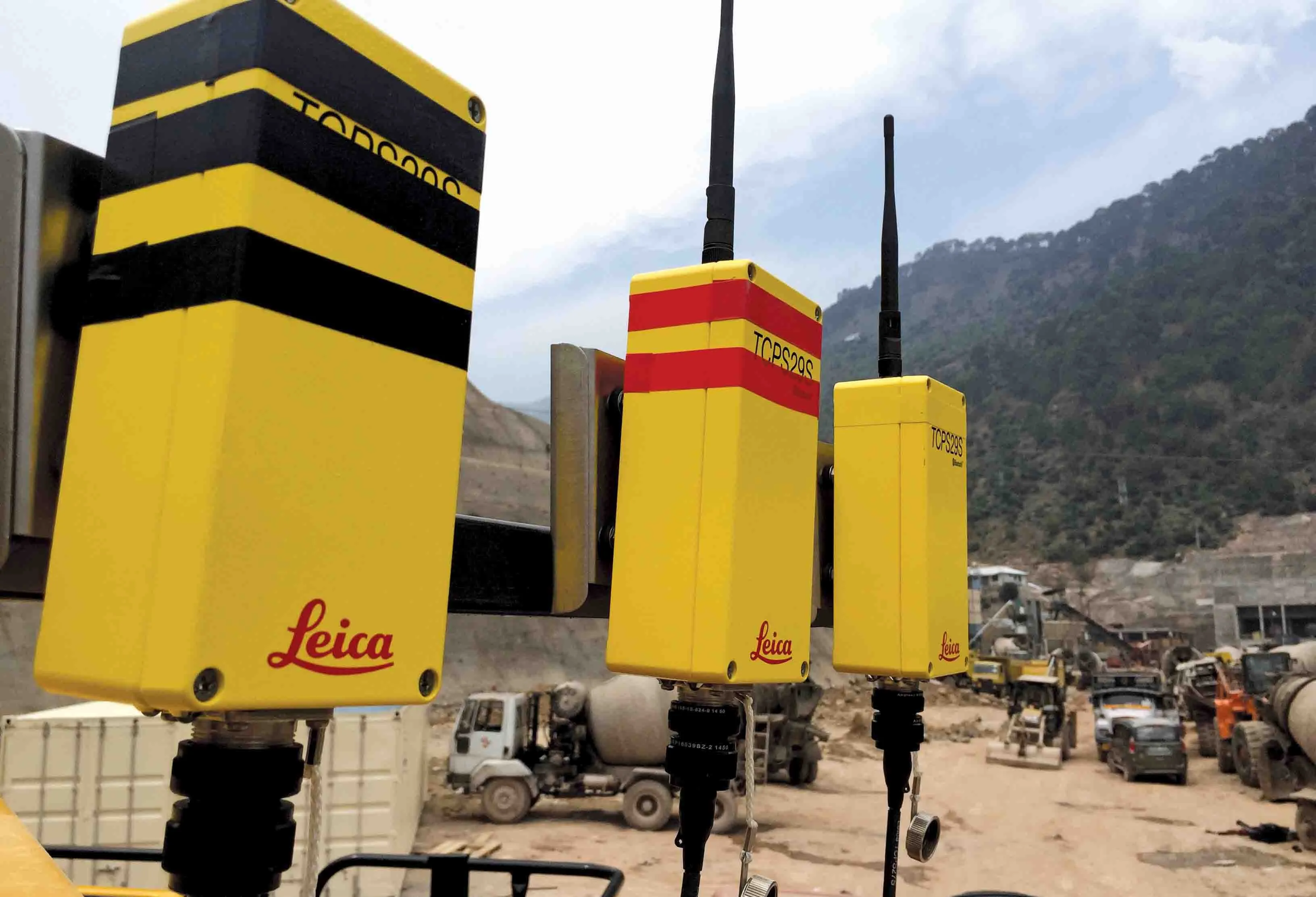Demand for concrete slipforming techniques is strong in several key expanding markets
February 15, 2012
Read time: 4 mins

Demand for concrete slipforming techniques is strong in several key expanding markets
The construction sector may be suffering tough times in North America and Western Europe, but huge infrastructure investment in parts of Asia, Africa, Latin America and Eastern Europe is helping ensure that machine sales remain healthy worldwide.Demand for concrete paving technology looks set to grow significantly in key markets, with some countries that are investing in infrastructure increasingly using concrete barriers on highways. At the same time, Russia now looks set to use concrete paving techniques for a significant percentage of its new highways.
Concrete slipforming specialist
While political instability has impacted on parts of the Middle East and North Africa, demand remains strong in many nations.
With those North African and Middle Eastern countries investing hugely in transport infrastructure and building new highways to the latest design standards, demand for slipform pavers for use in barrier work is also strong. North African nations such as Morocco and Algeria and Middle Eastern countries such as Kuwait and Saudi Arabia are all using continuously slipformed concrete barriers for centreline dividers on key highway projects.
Meanwhile the Russian Government is continuing its massive road building programme, which involves the construction of thousands of kilometres of new tolled highways that will boost transport links and replace the inadequate existing infrastructure.
In Russia too, construction and safety standards are high with the use of slipformed barriers as centreline dividers to prevent crossover accidents involving heavy vehicles and to provide long term protection for road users.
Interestingly though, Russia's premier Vladimir Putin has also committed to the wider use of concrete paving methods for many of the country's new highways. Frustrated with the poor performance of asphalt roads in the country's challenging climactic range, with high temperatures in summer and bitterly cold winters, Putin has specifically called for the use of concrete paving on strategic links. For concrete paving contractors and equipment manufacturers, this presents a major potential market, particularly for those firms with well-established sales in the country, notably GOMACO and its German rival
GOMACO's UK facility held an open day for customers to see the new 4400 machine, which was first revealed at the World of Concrete exhibition in the US in January and then shown at the
Because the 4400 has been designed as a particularly versatile machine, the aim of the UK event was to show contractors the base unit and see its capabilities in the metal.
This also allowed the contractors to consider the options that they would require for their respective construction projects. GOMACO has a large option list and the 4400 has been designed on modular lines so that customers can select a wide range of features, functions and configurations to best fit their application needs. The frame of the 4400 allows it to be used for either right or left side paving, as well as for slipforming barriers up to 1m high. The control console can be slid from side to side while users can switch molds more quickly due to the fitting of GOMACO's hook and go system. Symmetric steering and minimal set-up changes mean that the user can switch the profile from one side to the other more quickly than on earlier generation machines. The 4400 also comes with GOMACO's G+ control system, with customers able to select an array of language options as required.
The 4400 has also been designed so that it can use the latest 3D concrete paving technology, a sector long dominated by Leica Geosystems as the firm has worked closely with GOMACO over the years. Leica Geosystems says that the new v7.0 version of its well proven PaveSmart 3D (LMGS-S) machine control system will offer better performance in concrete paving applications. This package has been designed to be used on slipform pavers and placer spreaders from key manufacturers.
The package is designed specifically for use in concrete paving applications and allows specialist contractors to benefit from the productivity and precision benefits of using 3D paving technology.









